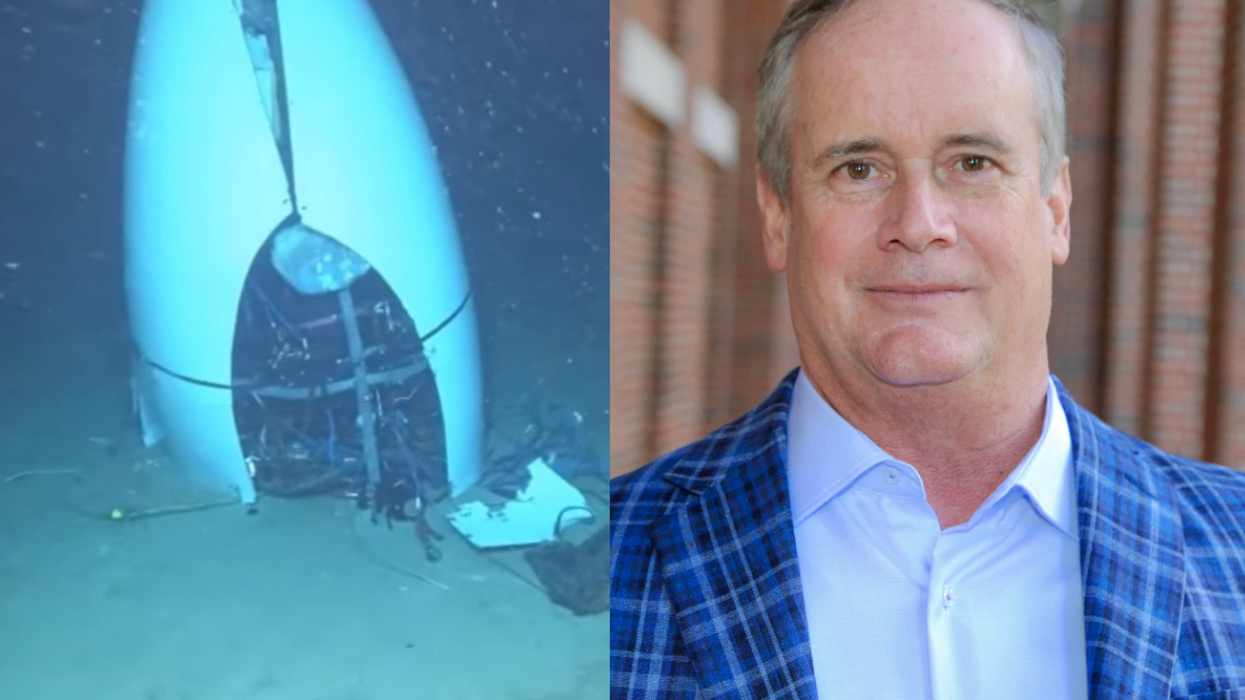This content is brought to you by P&G
As the world’s largest manufacturer of consumer packaged goods, Procter & Gamble creates products found in millions of homes all over the world. But even with the most efficient operations, there is often some waste in the manufacturing process. In 2007, P&G created a team to turn manufacturing waste into worth. The team focuses on finding creative ways to reuse manufacturing materials so that nothing goes to a landfill.
Today, more than 99 percent of materials entering P&G plants leave as something with value–either as a product to be recycled, reused or converted to energy, or as a finished product. The company is on a journey to send zero manufacturing waste to landfills, and along the way has discovered some innovative ways to find worth in waste. We've teamed up to take a look at the company's progress. And while there is still work to be done, it's programs like this that challenge the way we look at what waste is and how we can make a difference around it.
What if we didn't think of waste as waste? Take a look at the infographic above to see some of the innovative ways P&G has turned waste into something of worth.








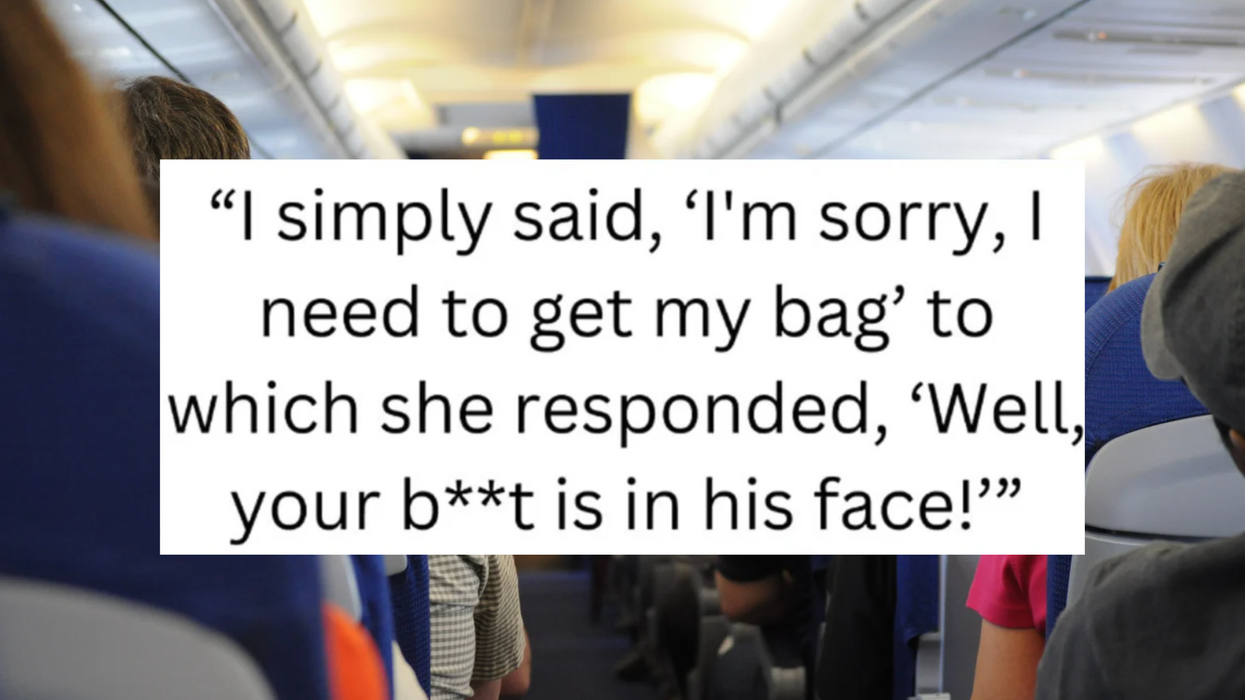


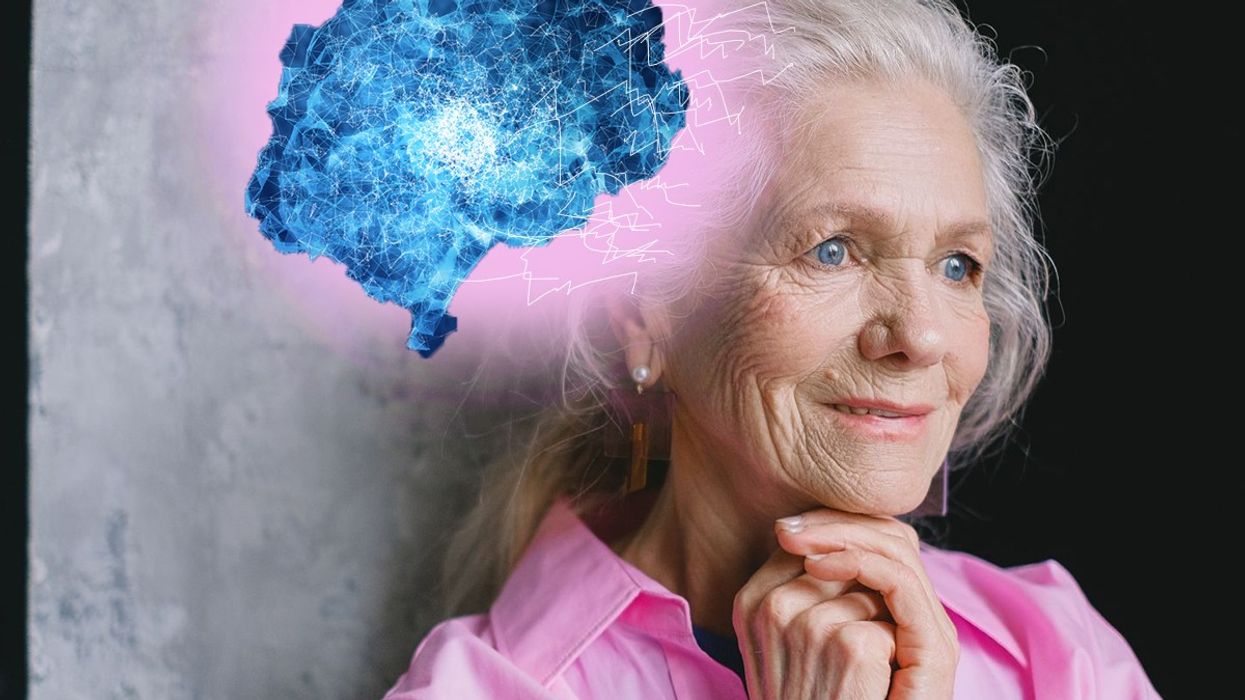


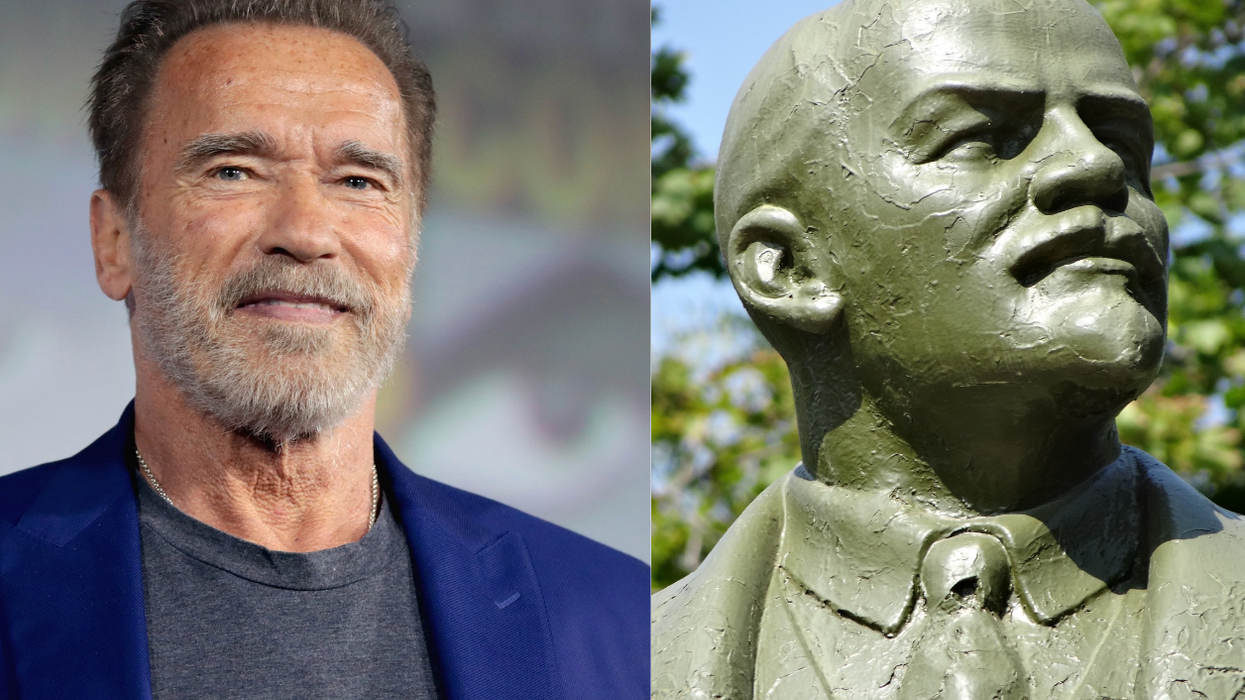

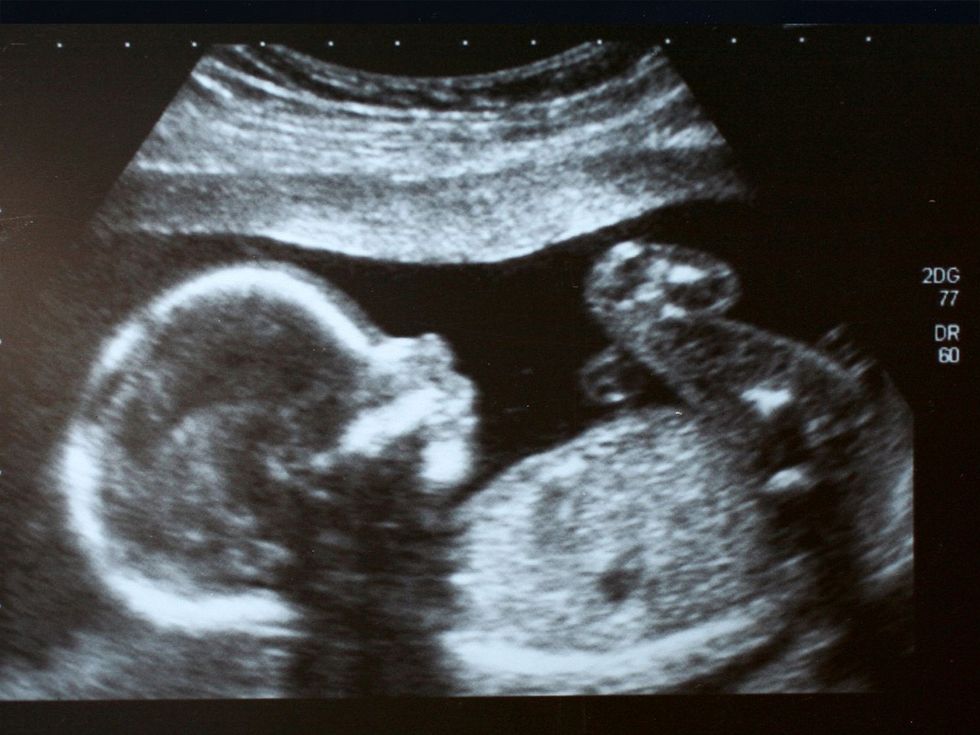 Ultrasound of human baby.Image via
Ultrasound of human baby.Image via  IVF animated process.Image via
IVF animated process.Image via  A couple speaks with a fertility professional.Image via
A couple speaks with a fertility professional.Image via 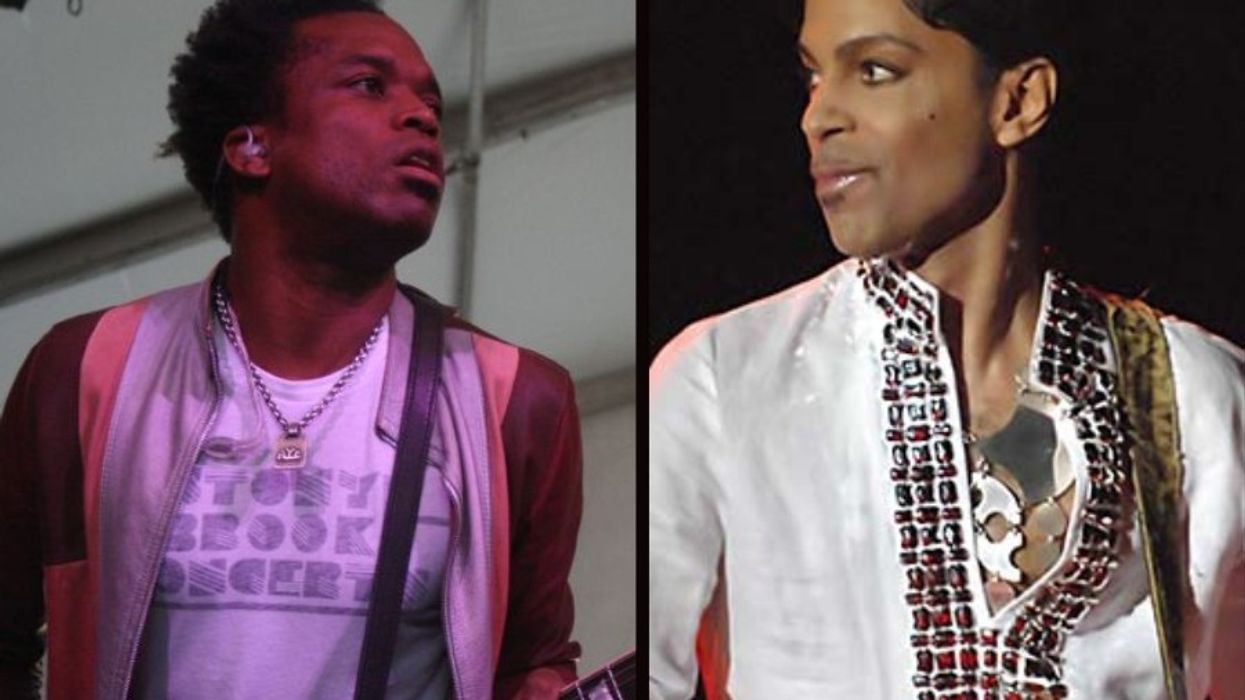

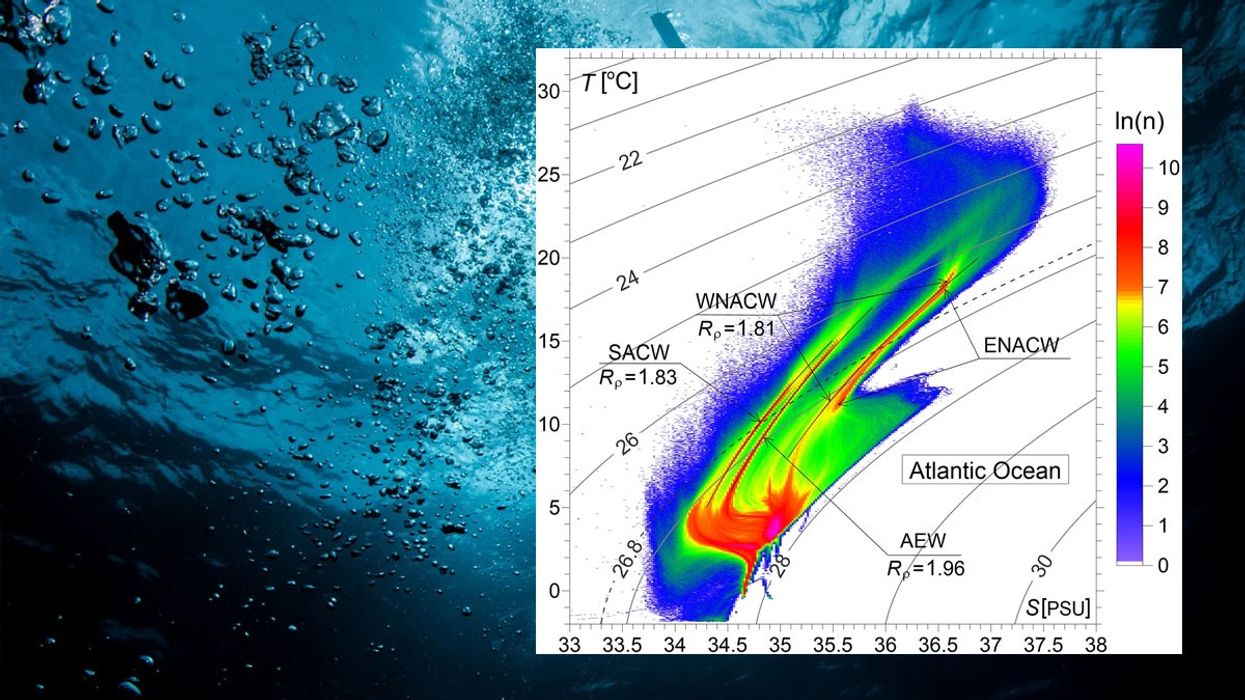
 Representative Image: Research in the Atlantic Ocean.
Representative Image: Research in the Atlantic Ocean.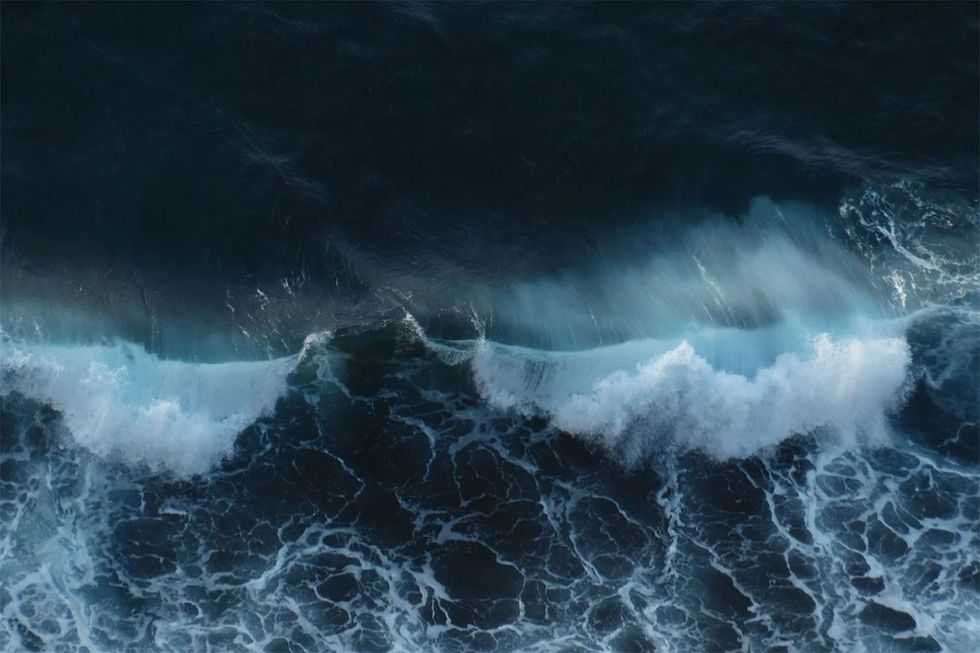 That Atlantic Ocean is not just one uniform body of water.
That Atlantic Ocean is not just one uniform body of water. 
 Otis knew before they did.
Otis knew before they did. 
 Eric Clapton performing on stage March 12, 2009Photo by F. Antolín Hernandez via
Eric Clapton performing on stage March 12, 2009Photo by F. Antolín Hernandez via 